
Weddings in the Middle East
In the heart of the Middle East, where ancient traditions intertwine with modern sensibilities, weddings are more than just ceremonies; they are grand celebrations that bring together families, communities, and entire nations. From the opulent halls of Saudi Arabia’s palaces to the gleaming spires of Dubai’s skyline, and the pearl-studded shores of Qatar, weddings in this region are a kaleidoscope of colour, culture, and cherished customs.
I have personally been to 3 weddings: a Saudi one, a Qatari one and an Emirati one. Here is how they were similar but also different:
The Parties
There are always 2 parties – a men’s wedding and the women’s wedding. This means if you are a female you get invited to the women’s wedding and if you are a man you go to the men’s party. Both of them have their own traditions. So let’s have a closer look.
The men’s wedding is typically an open event where guests flow in and out, greet the groom, have on some traditional Arabic coffee and may even participate in a traditional sword dance. This event can last a few hours.
The women’s event is an event typically held in a larger venue that starts anytime from 8pm with food, music and dancing. The event usually concludes around 1 or 2am after the bride has left. If you are a guest, the attire as a female is glamorous. You can read more on Dress Code here. These were my 3 looks (the first was a beautiful white maxi dress with a jacket, the second was a long blue cocktail dress and the third look was a jumpsuit with a long sleeved jacket, minus the socks):
Lavish Celebrations and Opulent Venues
Weddings in the Middle East are not merely events; they are grand spectacles that spare no expense. Saudi Arabia’s royal weddings are legendary affairs, with opulent venues adorned with intricate floral arrangements, towering crystal chandeliers, and ornate carpets. Guests are treated to lavish banquets featuring traditional delicacies and exquisite desserts, often served on elaborate gold or silver platters.
In the UAE, couples often choose to exchange vows in breathtaking locations, such as the iconic Burj Al Arab or the palatial Qasr Al Sarab Desert Resort, where the desert sands provide a stunning backdrop for their nuptials. Qatar’s Katara Cultural Village and the Museum of Islamic Art offer unique venues that blend traditional architecture with modern elegance, creating a perfect setting for couples to celebrate their union.
Fashion and Couture: Elegance and Tradition
Wedding attire in the Middle East is a seamless blend of tradition and contemporary style. Saudi brides often opt for exquisite floor-length gowns adorned with intricate embroidery, pearls, and Swarovski crystals, reflecting the region’s love for opulence and luxury. The traditional “abaya,” a long, flowing robe, is also a popular choice, often crafted from the finest silks and embellished with delicate beadwork.
In Qatar and the UAE, brides embrace both traditional and modern styles, with some opting for sleek, contemporary gowns while others choose to wear the iconic “kandura,” a traditional long-sleeved dress adorned with intricate embroidery and embellishments. Regardless of the style, each ensemble is a masterpiece of craftsmanship, reflecting the region’s rich cultural heritage and love for couture fashion. The fact that men are not present during the women’s wedding make these events an absolute must see for fashion lovers – I have seen the most incredible dresses and jewellery at those events. If you have more questions on how to behave during events like this, you can book an ‘ask me anything’ session here.
Culinary Delights and Indulgent Feasts
No Middle Eastern wedding would be complete without a lavish feast that tantalises the senses. From the fragrant saffron-infused biryanis of Saudi Arabia to the succulent grilled meats of Qatar and the aromatic spices of Emirati cuisine, wedding banquets are a gastronomic journey through the region’s rich culinary heritage.
In Saudi Arabia, weddings often feature an array of traditional dishes, such as “kabsa” (a spiced rice dish with meat and vegetables), “mutabbaq” (a savory pastry stuffed with minced meat or vegetables), and “luqaimat” (sweet dumplings drizzled with date syrup). Qatar’s weddings showcase the country’s diverse culinary influences, with dishes like “machboos” (a fragrant rice dish with meat or seafood), “thareed” (a hearty stew), and “umm ali” (a decadent bread pudding).
In the UAE, traditional Emirati dishes take centre stage, with delicacies like “harees” (a slow-cooked wheat and meat porridge), “machboos” (a spiced rice dish with chicken or shrimp), and “luqaimat” (sweet fried dumplings) gracing the tables.
The Bride
One of the most fascinating things I have found is the presentation of the bride – in Middle Eastern Weddings there usually is a long runway (which is also used for dancing) which the bride walks down so everyone can see her and the beautiful dress and jewellery. The dress is very similar to what we are used to wear in the West, also with a veil – but most of the time the pictures are for the family only and not for public consumption (hence why I am not publishing any here). At the end of the runway there is a sofa where the bride then sits after walking the runway so all the female guests can go and offer their congratulations. Here are some pictures of what this looks like.
Depending on the family circumstances usually at the end of the night, the father enters the hall alongside the groom to give the bride to the groom. Before they enter there is an announcement to all the ladies in case some wish to cover as men will be present.
Weddings in the Middle East are not just ceremonies; they are grand celebrations that bring together families, communities, and entire nations.
From the opulent halls of Saudi Arabia’s palaces to the gleaming spires of Dubai’s skyline and the pearl-studded shores of Qatar, these nuptial events are a tapestry of colour, culture, and cherished customs. Each ritual, each dish, and each outfit is a testament to the region’s rich heritage and its unwavering commitment to preserving traditions while embracing modernity. So if you are ever invited as a foreigner this is an experience that will leave you with long lasting memories and you should always go. If you feel uncertain and have more questions, you can book a Consultation here and we can answer all your burning questions.


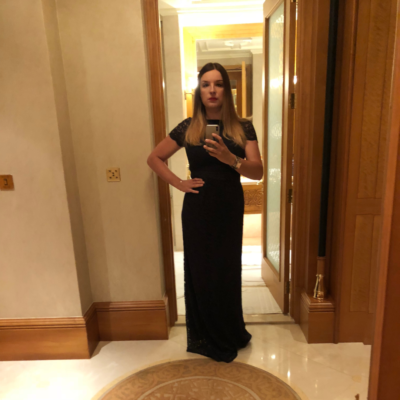


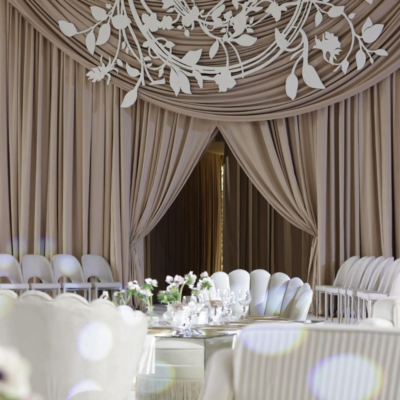
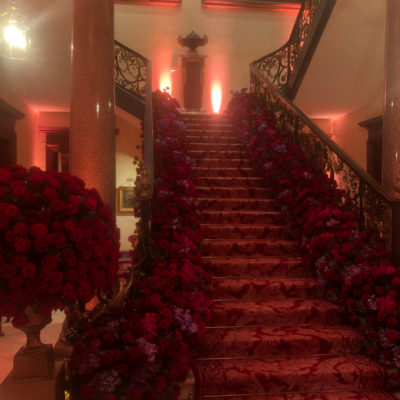
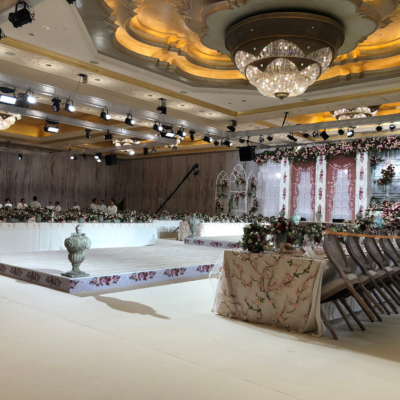
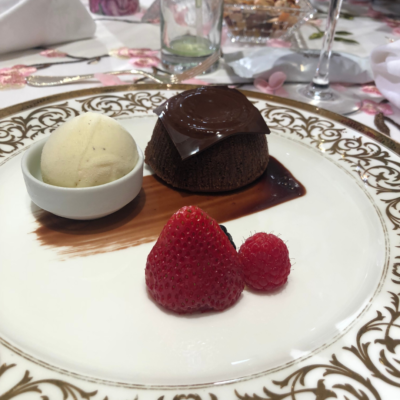
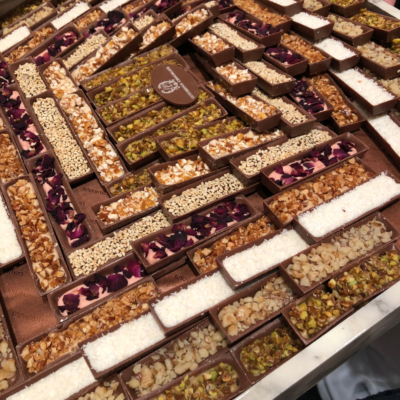
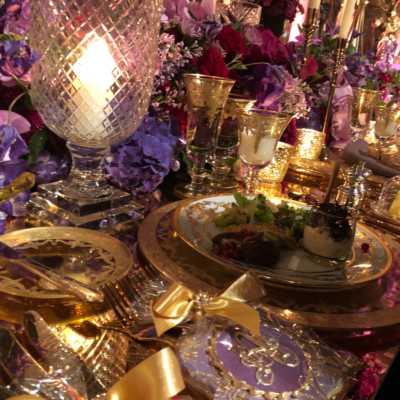
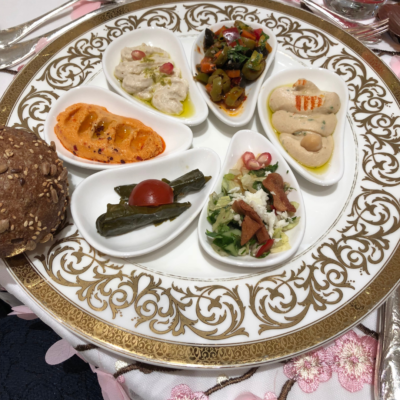
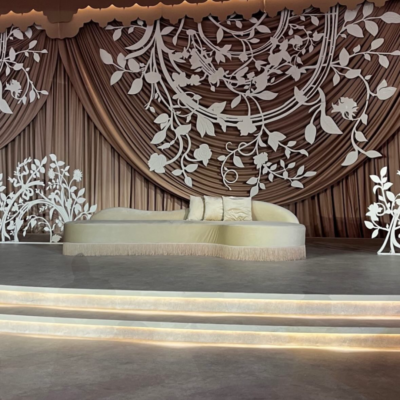
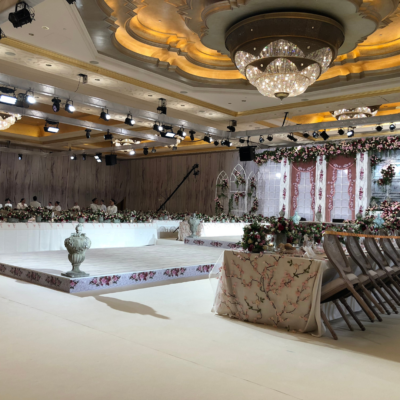
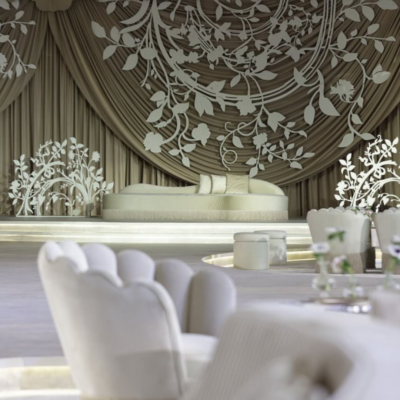
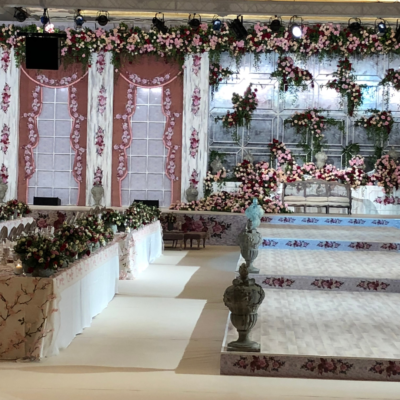
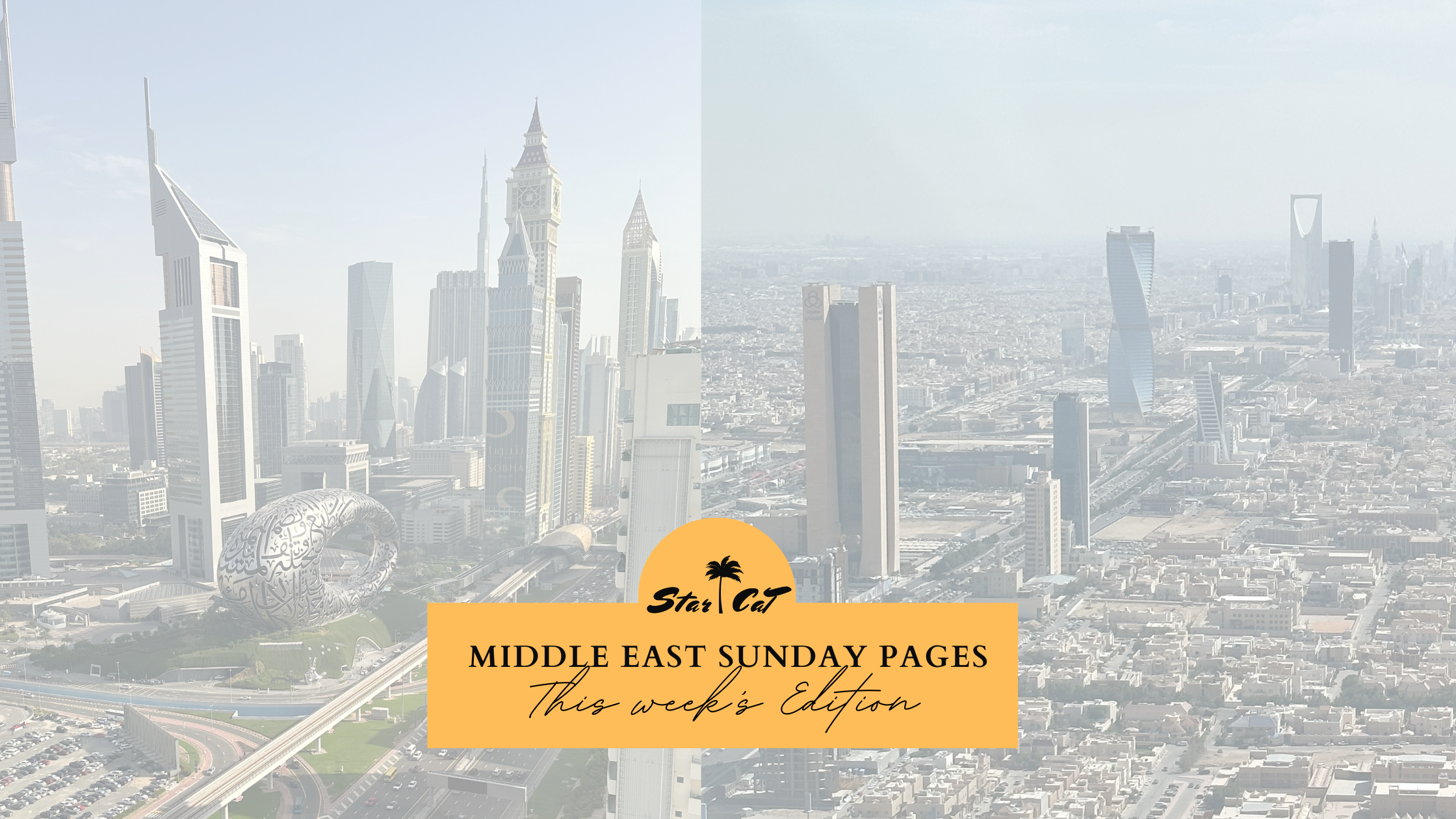


This Post Has 0 Comments